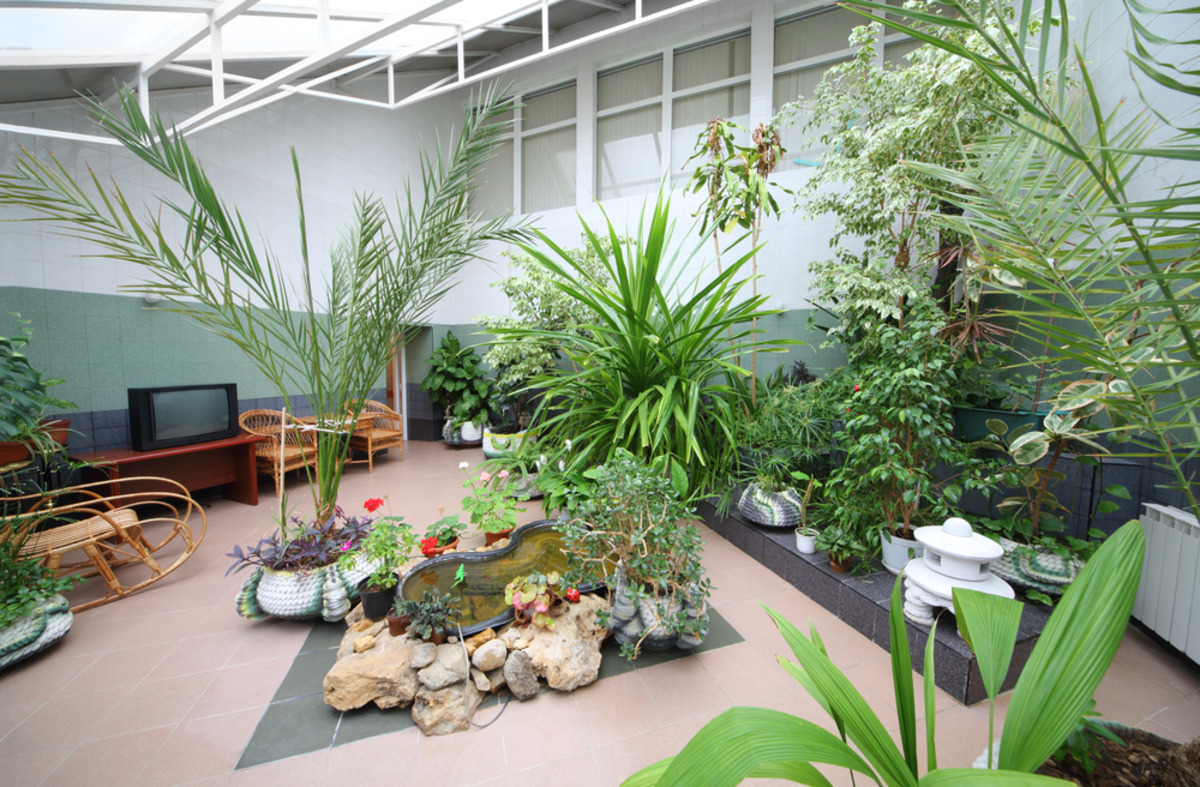

Articles
How To Create An Indoor Garden
Modified: October 29, 2024
Discover insightful articles on how to create your own indoor garden. Gain inspiration and tips to transform your home into a thriving green oasis.
(Many of the links in this article redirect to a specific reviewed product. Your purchase of these products through affiliate links helps to generate commission for Storables.com, at no extra cost. Learn more)
Introduction
Indoor gardening has gained popularity in recent years as people are increasingly seeking ways to bring nature into their homes, especially in urban areas where outdoor space is limited. Creating an indoor garden allows you to enjoy the beauty and benefits of plants, even if you don’t have a backyard or a green thumb.
Not only does indoor gardening spruce up the aesthetics of your living space, but it also promotes a sense of calm and well-being. Research has shown that being in close proximity to plants can reduce stress, improve air quality, and enhance overall mood and productivity.
So, whether you’re a seasoned plant enthusiast or just starting out on your green journey, this article will guide you through the process of creating and maintaining a thriving indoor garden.
Key Takeaways:
- Indoor gardening offers numerous benefits, including improved air quality, stress reduction, and a connection to nature. It provides a sustainable and eco-friendly way to enhance your living space and promote well-being.
- Proper plant selection, suitable containers, and adequate lighting and watering are essential for creating a thriving indoor garden. Caring for your plants and addressing pests and diseases are crucial for maintaining a healthy and beautiful indoor garden.
Choosing the Right Plants
When it comes to indoor gardening, selecting the right plants is crucial for the success of your indoor garden. Factors such as lighting conditions, temperature, and humidity levels play a vital role in determining which plants will thrive in your space.
First and foremost, consider the amount of natural light available in the area where you plan to have your indoor garden. Different plants have varying light requirements, ranging from low light to bright, indirect light. Assess the lighting conditions and choose plants accordingly. Some popular low-light indoor plants include snake plants, pothos, and ZZ plants, while succulents and cacti thrive in bright, indirect light.
Temperature and humidity are also essential factors to consider. Most indoor plants prefer temperatures between 60-75°F (15-24°C) during the day and slightly cooler temperatures at night. Keep in mind that some plants may have specific temperature requirements, so make sure to do your research and choose plants that will flourish in your home’s climate.
Additionally, consider the care requirements of the plants you’re interested in. Some plants are more demanding in terms of watering, pruning, and fertilizing, while others are more self-sufficient. If you’re a beginner or have a busy schedule, it’s advisable to choose low-maintenance plants that are resilient and forgiving.
Lastly, think about the purpose of your indoor garden. Are you looking to create a lush, tropical vibe with large leafy plants, or do you prefer a collection of small succulents on your windowsill? Consider your personal preferences and the aesthetic you want to achieve.
Remember, the key is to choose plants that are well-suited to your indoor environment and align with your abilities and preferences as a gardener. By selecting the right plants, you’ll set the foundation for a successful and enjoyable indoor gardening experience.
Selecting the Appropriate Containers
Once you’ve chosen the perfect plants for your indoor garden, it’s time to select the appropriate containers to house them. The right containers not only provide a functional space for your plants to grow but also add to the aesthetic appeal of your indoor space.
When it comes to selecting containers, there are a few key factors to consider. First and foremost, choose containers that have drainage holes at the bottom. Proper drainage is crucial for preventing waterlogged soil, which can lead to root rot and other plant health issues. If you find a container you love that doesn’t have drainage holes, you can create them yourself using a drill or awl.
Consider the size of the container in relation to the plant’s root system. While it may be tempting to choose a larger container to accommodate future growth, this can actually hinder the plant’s health. Plants prefer to have a snug fit in their containers, as it helps maintain the right moisture levels and prevents overwatering. As a general rule of thumb, choose a container that is about one to two inches larger in diameter than the plant’s current pot.
Another factor to consider is the material of the container. Plastic and ceramic pots are commonly used for indoor gardening due to their durability and versatility. Plastic pots are lightweight and retain moisture well, while ceramic pots are known for their aesthetic appeal. Terracotta pots are also popular due to their natural and breathable properties, but they can be prone to drying out quickly.
Additionally, think about the style and design of the containers. Consider how they will fit into your existing home decor and the overall aesthetic of your indoor garden. Get creative and experiment with different shapes, sizes, and colors to add visual interest and personality to your space.
If you want to get even more creative, you can repurpose everyday objects as containers. Old mason jars, teacups, and even shoe organizers can be transformed into unique plant homes. Just make sure whatever container you choose has appropriate drainage and enough space for the plant’s roots to grow.
By selecting appropriate containers that provide proper drainage and suit the needs of your plants, you’ll create a functional and visually appealing home for your indoor garden.
Finding the Ideal Location
Choosing the right location for your indoor garden is crucial to ensure the health and growth of your plants. Factors such as lighting conditions, temperature, and proximity to drafts or heating sources should be taken into consideration when determining the ideal spot.
First and foremost, assess the lighting conditions in different areas of your home. Most plants require a good amount of natural light to thrive. Look for spaces near windows that receive bright, indirect sunlight for the better part of the day. South-facing windows tend to provide the most light, while north-facing windows may offer lower light levels. If natural light is limited, consider using artificial grow lights to supplement the light requirements of your plants.
Temperature is another important factor. Most indoor plants prefer temperatures between 60-75°F (15-24°C) during the day and slightly cooler temperatures at night. Avoid placing your plants in areas that experience drastic temperature fluctuations, such as near vents, radiators, or drafty windows. Keep in mind that different plants have varying temperature needs, so be sure to research the specific requirements of the plants in your indoor garden.
Another consideration is the humidity levels in your chosen location. Most indoor plants prefer moderate humidity levels, around 40-60%. If the air in your home is too dry, especially during the winter months when heating systems are running, you can increase humidity by using a humidifier, placing a tray of water near your plants, or grouping plants together to create a microclimate of increased humidity.
Keep in mind the space limitations of your chosen location. Ensure there is enough room for your plants to grow and spread out their foliage without being crowded. Avoid placing plants too close to each other, as this can lead to poor air circulation and increased chances of pests or diseases.
Lastly, consider the accessibility of the location. Make sure the area is easy for you to reach for watering, pruning, and general care. Avoid placing your plants in high-traffic areas or where they may be at risk of being knocked over or damaged.
By evaluating the lighting conditions, temperature, humidity levels, space availability, and access to your chosen location, you’ll be able to find the ideal spot for your indoor garden. Remember, each plant may have slightly different requirements, so consider the needs of your individual plants when deciding on their placement.
Providing Adequate Lighting
Proper lighting is essential for the health and growth of your indoor plants. While natural sunlight is ideal, it may not always be sufficient, especially if you have limited access to windows or if your plants have high light requirements. In such cases, you can supplement natural light with artificial lighting to ensure your plants receive adequate light.
If your chosen location receives bright, indirect sunlight for the majority of the day, your plants may not require additional lighting. However, if your indoor garden is in a room with limited natural light or if you want to grow plants that have higher light requirements, you’ll need to invest in artificial grow lights.
When it comes to choosing the right grow lights, there are various options available. The two most popular types are fluorescent lights and LED lights. Fluorescent lights, specifically T5 or T8 fluorescent tubes, are affordable and produce a wide spectrum of light that is suitable for most plants. LED lights, on the other hand, are energy-efficient and can be tailored to emit specific wavelengths of light that cater to the needs of different plants.
When positioning your grow lights, it’s important to hang them at the appropriate distance from your plants. The distance will depend on the type of light and the specific needs of your plants. As a general guideline, fluorescent lights should be placed 6-12 inches above the top of the plants, while LED lights can be placed slightly closer, around 12-24 inches away.
Keep in mind that different plants have different light requirements. Some plants thrive in bright, direct light, while others prefer medium or low light conditions. Be sure to research the light requirements of the plants in your indoor garden and adjust the intensity and duration of the lighting accordingly.
In addition to providing the right light intensity, it’s also important to maintain a consistent lighting schedule. Most plants require about 12-16 hours of light per day, with the remaining hours in darkness to simulate their natural day-night cycle. You can use timers to automate the lighting schedule and ensure your plants receive the proper amount of light each day.
Regularly monitor your plants for signs of light deficiency or excess. If your plants start to stretch or lean toward the light source, it may be an indication that they need more light. Conversely, if your plants start to develop scorched or bleached leaves, it may mean they are getting too much light. Adjust the height, duration, or intensity of the grow lights accordingly to provide the optimal lighting conditions for your plants.
By supplementing natural sunlight with appropriate artificial lighting and ensuring a consistent lighting schedule, you will provide your indoor plants with the adequate light they need for healthy growth and development.
Read more: How To Create A Garden
Understanding Watering Needs
Proper watering is vital for the health and vitality of your indoor plants. However, it can be tricky to find the right balance, as overwatering or underwatering can lead to root rot, nutrient deficiencies, or even plant death. Understanding the watering needs of your plants is key to maintaining their well-being.
The frequency of watering will depend on various factors such as the type of plant, its size, the type of container, and the environmental conditions in your home. As a general rule of thumb, it’s best to let the top inch or so of the soil dry out before watering again. This helps prevent overwatering and allows the plant’s roots to receive the necessary oxygen for healthy growth.
Pay attention to the specific needs of each plant. Some plants, like succulents and cacti, prefer drier conditions and only need to be watered sparingly. On the other hand, plants with larger leaves, such as ferns or peace lilies, may require more frequent watering to keep their soil consistently moist.
When watering your plants, aim to moisten the entire root ball rather than just the surface. This encourages the roots to grow deeper and promotes a stronger, more resilient plant. You can do this by pouring water slowly and evenly around the base of the plant until it begins to drain out of the bottom of the container. Be mindful not to let your plants sit in standing water, as this can lead to root rot. Empty any excess water from saucers or trays promptly after watering.
One way to monitor the moisture level of the soil is by using a moisture meter or simply by sticking your finger about an inch into the soil. If it feels dry, it’s time to water. If it feels moist, hold off on watering for a few more days. Remember, it’s always better to underwater than to overwater.
It’s important to note that watering needs may vary depending on the season. In general, plants tend to require less water during the winter months when growth is slower. Adjust your watering schedule accordingly and always evaluate the moisture level of the soil before watering.
Consider the environment your indoor garden is in. Factors such as temperature, humidity, and airflow can affect the rate at which soil dries out. For instance, plants in warmer and drier conditions may require more frequent watering compared to plants in cooler and more humid environments.
Lastly, pay attention to the signs your plants give you. Wilting, yellowing leaves, or soil that stays constantly wet are indications that adjustments need to be made in your watering routine. Take note of these signs and adjust the frequency and amount of water accordingly.
By understanding the watering needs of your indoor plants and adapting your routine to the specific requirements of each plant, you’ll be able to maintain a healthy balance and promote their overall well-being.
Choose the right plants for your indoor garden based on the amount of light and space available. Consider low-light options like pothos or snake plants for areas with limited sunlight.
Creating a Suitable Soil Mix
The soil in which your indoor plants grow plays a crucial role in providing essential nutrients, water retention, and aeration for proper root development. While there are various commercially available potting mixes, creating your own soil mix gives you more control over the composition and ensures the specific needs of your plants are met.
An ideal soil mix for indoor plants should be well-draining and rich in organic matter. It should strike a balance between holding enough moisture for proper hydration while allowing excess water to drain freely, preventing waterlogged roots.
A basic soil mix can be created using three main components: a base material, organic matter, and additives. The base material provides structure and drainage, while organic matter improves moisture retention and nutrient availability. Additives, such as perlite or sand, can enhance aeration and further improve drainage.
Start with a base material such as high-quality potting soil or a blend of equal parts peat moss, coco coir, or compost. These materials provide a solid foundation and good drainage for your plants. Avoid using garden soil, as it may contain pests, diseases, or weeds that can harm your indoor plants.
Next, add organic matter such as well-rotted compost or aged manure. Organic matter not only improves the water-holding capacity of the soil but also provides essential nutrients for plant growth. Aim for a 25-30% concentration of organic matter in your soil mix.
If you want to enhance drainage and aeration, you can add additives like perlite, vermiculite, or coarse sand. These materials help prevent compaction and allow more air to reach the roots. You can add these in a ratio of 1:1 with the base material, depending on the specific needs of your plants.
Once you’ve blended the base material, organic matter, and any additives, it’s time to test the consistency. The soil mix should be moist but not overly wet, and it should hold its shape when squeezed but crumble easily when touched. Adjust the moisture level as needed by adding water or additional dry material.
Consider the specific requirements of your plants when creating a soil mix. Some plants, such as succulents and cacti, prefer a well-draining mix with more sand or perlite. Others, like tropical foliage plants, may benefit from a slightly more moisture-retentive mix with extra organic matter.
Remember to periodically check the condition of your soil mix and make adjustments as necessary. Over time, the organic matter can break down and compact, affecting the drainage and aeration. Refreshing the soil mix every year or two by adding fresh compost or replacing a portion of the mix can help maintain its quality.
By creating a suitable soil mix tailored to the needs of your indoor plants, you provide them with the optimal growing medium for healthy root development and overall plant growth.
Implementing Proper Drainage
Proper drainage is essential for the health of your indoor plants as it prevents waterlogging, which can lead to root rot and other root-related problems. Implementing adequate drainage ensures that excess water can escape from the container, allowing the roots to receive the necessary oxygen for healthy growth. Here are some ways to ensure proper drainage in your indoor garden:
1. Choose containers with drainage holes: When selecting containers for your plants, opt for those with drainage holes at the bottom. These holes allow excess water to flow out, preventing water from pooling at the bottom of the container. If you have a container that you love but lacks drainage holes, you can create them yourself using a drill or awl.
2. Use a layer of pebbles or gravel: Placing a layer of pebbles or gravel at the bottom of the container can further improve drainage. This layer creates space at the bottom, allowing excess water to collect, away from the roots. However, it’s important to note that this method is not a substitute for drainage holes. The pebbles or gravel simply act as a reservoir for excess water.
3. Add a drainage layer: In addition to a layer of pebbles, you can create a drainage layer using materials like horticultural charcoal or sphagnum moss. This layer helps prevent soil compaction and improves drainage by providing additional space for water to flow through.
4. Use well-draining soil mix: Creating a suitable soil mix with adequate drainage properties is crucial for maintaining proper moisture levels. A well-draining soil mix should consist of a combination of base material, organic matter, and additives, as discussed in the previous section. This mix ensures that water can move freely through the soil, preventing waterlogging.
5. Water your plants correctly: Proper watering techniques also contribute to maintaining good drainage. Avoid overwatering your plants, as excess water can accumulate in the container. Instead, water your plants thoroughly, allowing the water to flow freely from the drainage holes. Ensure that the top inch or so of the soil dries out before watering again.
6. Empty excess water: After watering your plants, check if any excess water has collected in the saucer or tray beneath the container. Empty any standing water to prevent your plants’ roots from sitting in stagnant water, which can lead to root rot and other issues.
7. Monitor soil moisture: Regularly monitor the moisture level of the soil in your containers. Stick your finger or a moisture probe into the soil to determine if it’s dry or moist. This will help you gauge when your plants need to be watered and prevent overwatering.
By implementing proper drainage techniques, you ensure that your indoor plants have a suitable growing environment. This helps prevent water-related issues and creates optimal conditions for healthy root development and overall plant growth.
Caring for Your Indoor Garden
Caring for your indoor garden involves more than just watering your plants. It requires attention to various aspects, including proper watering, feeding, pruning, and monitoring plant health. Here are some essential tips to help you care for your indoor garden:
1. Watering: As mentioned earlier, proper watering is key to the health of your plants. Water your plants when the top inch of soil feels dry, ensuring that water reaches the entire root ball. Avoid overwatering by allowing excess water to drain from the drainage holes, and empty any standing water from saucers or trays.
2. Fertilizing: Indoor plants generally require regular feeding to replenish nutrients in the soil. Use a balanced, water-soluble fertilizer to provide essential nutrients to your plants. Follow the instructions on the fertilizer package for the appropriate dosage and frequency. Be cautious not to over-fertilize, as this can lead to fertilizer burn or nutrient imbalances.
3. Pruning: Regular pruning helps promote growth, maintain shape, and manage the size of your indoor plants. Trim off dead or yellowing leaves, and remove any leggy or overcrowded growth. Prune your plants during their active growth periods, using clean and sharp pruning shears to prevent the spread of diseases.
4. Cleaning: Dust particles can accumulate on the leaves of your indoor plants, hindering their ability to photosynthesize. Wipe the leaves gently with a damp cloth or use a soft brush to keep them clean and free from dust. This also helps prevent pests from taking up residence on your plants.
5. Monitoring plant health: Regularly inspect your plants for any signs of pests, diseases, or nutrient deficiencies. Look for yellowing leaves, spots, wilting, or unusual growth patterns. Promptly address any issues with appropriate treatments, such as insecticidal soap for pests or increasing/decreasing fertilization for nutrient deficiencies.
6. Rotating plants: Indoor plants tend to lean towards the light source, causing uneven growth. Rotate your plants every few weeks to ensure even exposure to light and promote balanced growth. This also helps prevent them from leaning too much in one direction.
7. Humidity management: Many indoor plants benefit from slightly increased humidity. Grouping plants together or using a humidifier can help create a more suitable microclimate for humidity-loving plants. Misting the leaves with water occasionally can also provide a moisture boost, but be cautious not to oversaturate the soil.
8. Avoiding drafts and extreme temperature changes: Indoor plants are sensitive to drafts and sudden changes in temperature. Avoid placing them near doors, windows, or heating/cooling vents. Maintain a consistent temperature within the recommended range for your plants to prevent stress or damage.
9. Regularly repotting: As your plants grow, they may outgrow their containers. Check the roots periodically, and if they appear root-bound or start to circle the bottom of the pot, it’s time to repot your plants into slightly larger containers with fresh soil mix. This allows the roots to continue growing and ensures proper nutrient uptake.
10. Learning about your plants: Each plant has its own specific care requirements. Take the time to research and understand the needs of your individual plants. Know their light, temperature, watering, and fertilization requirements, and adjust your care routine accordingly.
By following these care tips and providing the necessary attention, you’ll create an environment that promotes healthy growth and longevity for your indoor garden.
Read more: How To Build An Indoor Garden
Dealing with Pests and Diseases
Pests and diseases can pose a threat to the health and well-being of your indoor garden. It’s important to be proactive in identifying and addressing these issues to prevent them from spreading to other plants. Here are some tips for dealing with pests and diseases in your indoor garden:
1. Identify the problem: Regularly inspect your plants for any signs of pests or diseases. Look for common pests like aphids, mealybugs, spider mites, scale insects, or whiteflies. Also, watch out for symptoms of diseases such as wilting, yellowing leaves, spots, or unusual growth patterns. Proper identification is crucial for implementing the appropriate treatment.
2. Quarantine affected plants: If you notice any signs of pests or diseases on a plant, isolate it from your other plants immediately. This prevents the problem from spreading to healthy plants nearby. Keep the affected plant in a separate area until you can treat the issue.
3. Natural remedies: For minor pest infestations, you can use natural remedies to control the problem. Spray affected plants with a mixture of water and mild liquid soap or neem oil to suffocate pests. Wipe leaves with a damp cloth to remove pests manually. Introducing beneficial insects like ladybugs or predatory mites can also help control certain pests.
4. Chemical treatments: If natural remedies don’t effectively control the pest problem, you may need to resort to chemical treatments. Choose pesticides specifically formulated for indoor use and follow the instructions carefully to ensure safe and effective application. Be cautious when using chemicals, and always consider the well-being of your plants, pets, and yourself.
5. Cultural practices: Maintaining a healthy environment for your plants can help prevent pest and disease infestations. Ensure good air circulation, avoid overwatering, and remove fallen leaves or debris from the soil surface. These cultural practices create an unfavorable environment for pests and minimize the risk of diseases.
6. Soil sterilization: If you’re facing recurring issues with pests or diseases, consider sterilizing your soil before repotting or using fresh soil mix. This process involves heating the soil in an oven or microwave or treating it with steam to kill any pathogens or pests present.
7. Seek professional help: If you’re unsure about the proper identification or treatment of pests or diseases, don’t hesitate to seek advice from a local garden center or consult with a plant professional, such as a horticulturist or plant specialist. They can provide expert guidance and recommend suitable treatments.
8. Prevention is key: Taking preventive measures is crucial for maintaining a healthy indoor garden. Inspect new plants before bringing them indoors to ensure they are pest and disease-free. Keep a watchful eye on your plants, regularly clean and maintain their health, and promptly address any issues that arise.
Remember, early detection and intervention are vital in dealing with pests and diseases. By staying vigilant and taking appropriate action, you can help protect your indoor garden and keep your plants thriving.
Benefits of Indoor Gardening
Indoor gardening offers numerous benefits beyond the beauty it brings to your space. Whether you have a spacious home or a small apartment, creating an indoor garden can have a positive impact on your well-being and the environment. Here are some of the key benefits of indoor gardening:
1. Improved air quality: Indoor plants are natural air purifiers. Through a process called photosynthesis, they absorb carbon dioxide and release oxygen, improving the air quality in your home. Certain plants, such as snake plants, peace lilies, and pothos, are particularly effective at removing toxins and pollutants from the air, resulting in cleaner and fresher indoor environments.
2. Stress reduction: Surrounding yourself with greenery has a calming effect on the mind and body. Studies have shown that interacting with plants and being in nature can reduce stress, lower blood pressure, and improve overall well-being. The presence of indoor plants can create a soothing and tranquil atmosphere, making your indoor space a more relaxing and rejuvenating environment.
3. Connection to nature: Indoor gardening provides a connection to nature, even if you live in an urban setting without access to outdoor green spaces. Bringing plants indoors allows you to nurture and care for living organisms, fostering a deeper appreciation for the natural world. This connection can help enhance mental health and promote a sense of mindfulness and grounding.
4. Boosted mood and productivity: Being in the presence of plants has been shown to uplift mood and improve cognitive function. Indoor gardening can have a positive impact on your overall mood, reducing feelings of anxiety and depression. Additionally, having plants in your environment has been linked to increased productivity, creativity, and focus, making it an excellent addition to your workspace or study area.
5. Green decor and aesthetic appeal: Indoor plants not only provide health benefits but also enhance the visual appeal of your living space. They add a touch of green and natural beauty, creating a visually pleasing environment. Whether it’s a lush fern cascading over a shelf or a collection of vibrant succulents on a windowsill, indoor plants can transform any space into a tranquil and inviting oasis.
6. Accessibility to fresh herbs and produce: Indoor gardening allows you to grow your own fresh herbs, vegetables, and fruits year-round, regardless of the season or climate. Having access to homegrown produce not only saves you money but also ensures that you have access to organic, pesticide-free food right at your fingertips. The joy of harvesting and enjoying the fruits of your labor is a rewarding experience.
7. Educational opportunities: Indoor gardening serves as an educational tool, especially for children. It provides a hands-on experience to learn about plant life cycles, the importance of sustainability, and the interdependence between humans and the environment. It can inspire a sense of curiosity and nurture a love for nature in young minds.
8. Sustainable and eco-friendly: Indoor gardening promotes sustainable practices by reducing the need for transportation and packaging of store-bought produce. Growing your own plants indoors also conserves water and minimizes the use of harmful pesticides and fertilizers that can have negative impacts on the environment.
Indoor gardening offers a multitude of benefits that extend beyond just aesthetics. From purifying the air to reducing stress and improving well-being, nurturing an indoor garden allows you to create a healthier and more harmonious living space.
Conclusion
Indoor gardening is a fulfilling and rewarding endeavor that brings the beauty of nature into your home. From selecting the right plants to creating suitable soil mixes and implementing proper drainage, there are various aspects to consider when establishing an indoor garden. However, the effort is well worth it, as indoor gardening offers numerous benefits that extend beyond aesthetics.
With indoor gardening, you can improve air quality by naturally purifying the air in your home, creating a healthier living environment for you and your loved ones. The presence of indoor plants also has a positive impact on mental well-being, reducing stress and promoting relaxation. By nurturing an indoor garden, you can find solace and a deeper connection to nature, even in the midst of a bustling urban setting.
Indoor gardening also has practical advantages, such as providing access to fresh herbs and produce year-round, allowing you to enjoy the fruits of your labor while saving money and reducing your carbon footprint. Moreover, indoor gardening offers educational opportunities, teaching children about sustainability, plant life cycles, and our interdependence with the environment.
Creating an indoor garden is a chance to express your creativity and enhance the aesthetic appeal of your living space. Whether it’s filling a corner with lush foliage or displaying a collection of colorful succulents on a windowsill, indoor plants can transform any room into a tranquil sanctuary.
In conclusion, indoor gardening is a fulfilling and meaningful way to connect with nature, enhance your well-being, and beautify your home. By following the guidelines outlined in this article, you can create a thriving indoor garden that brings joy and harmony to your daily life. Embrace the joys of indoor gardening and experience the numerous benefits it has to offer.
Frequently Asked Questions about How To Create An Indoor Garden
Was this page helpful?
At Storables.com, we guarantee accurate and reliable information. Our content, validated by Expert Board Contributors, is crafted following stringent Editorial Policies. We're committed to providing you with well-researched, expert-backed insights for all your informational needs.
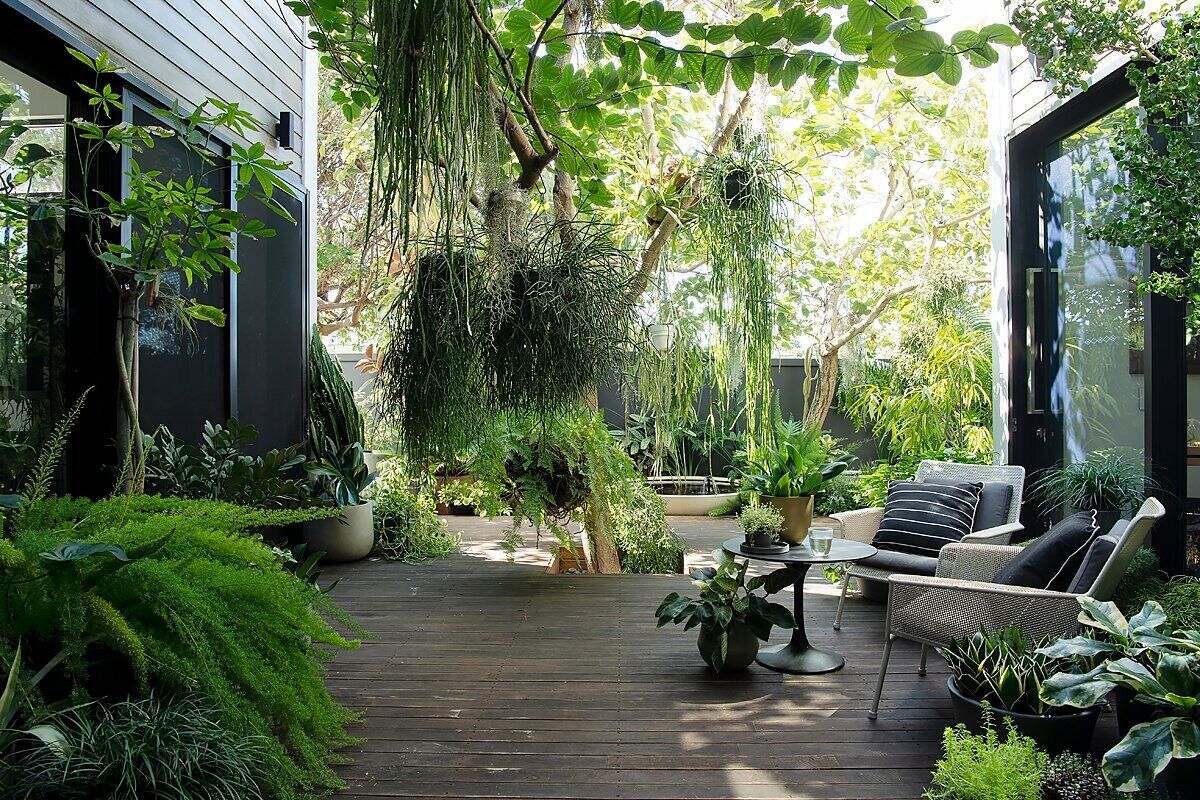
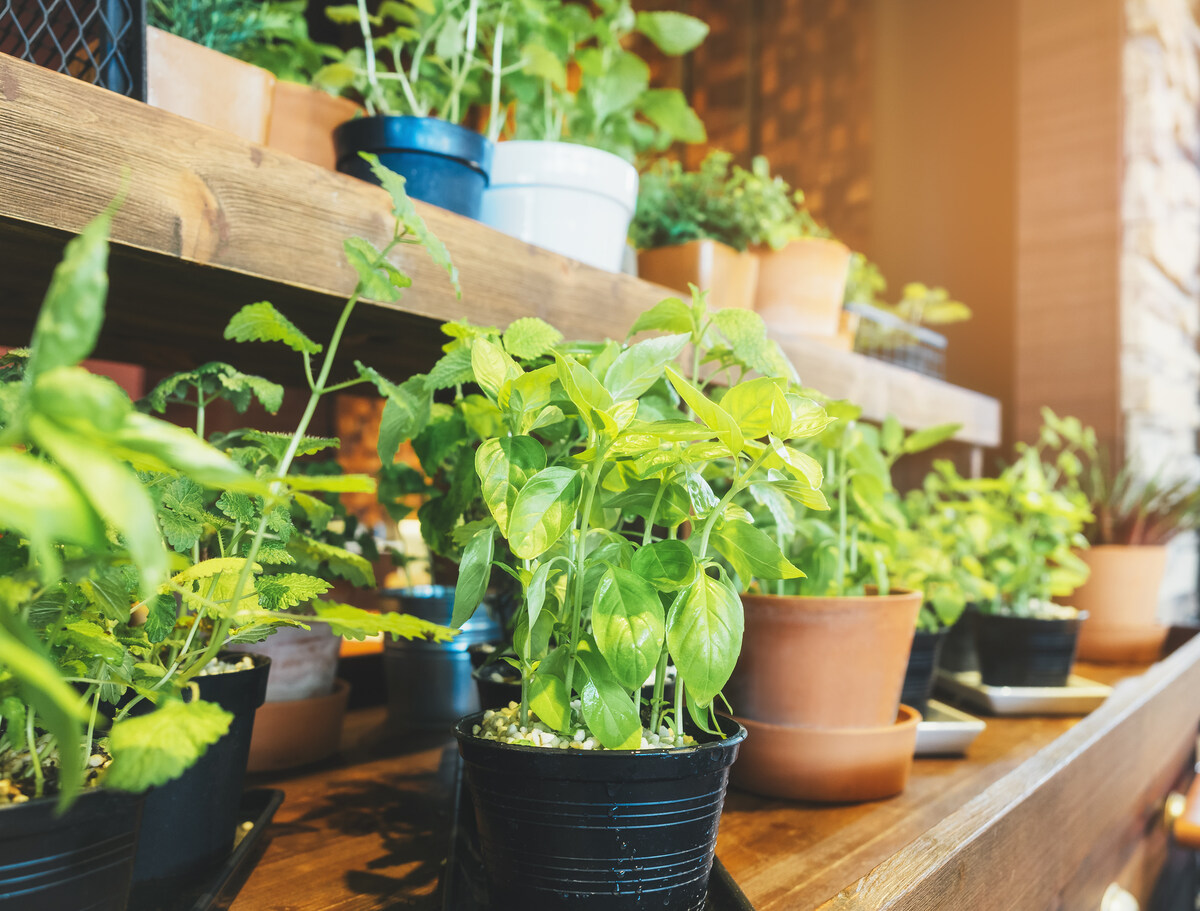
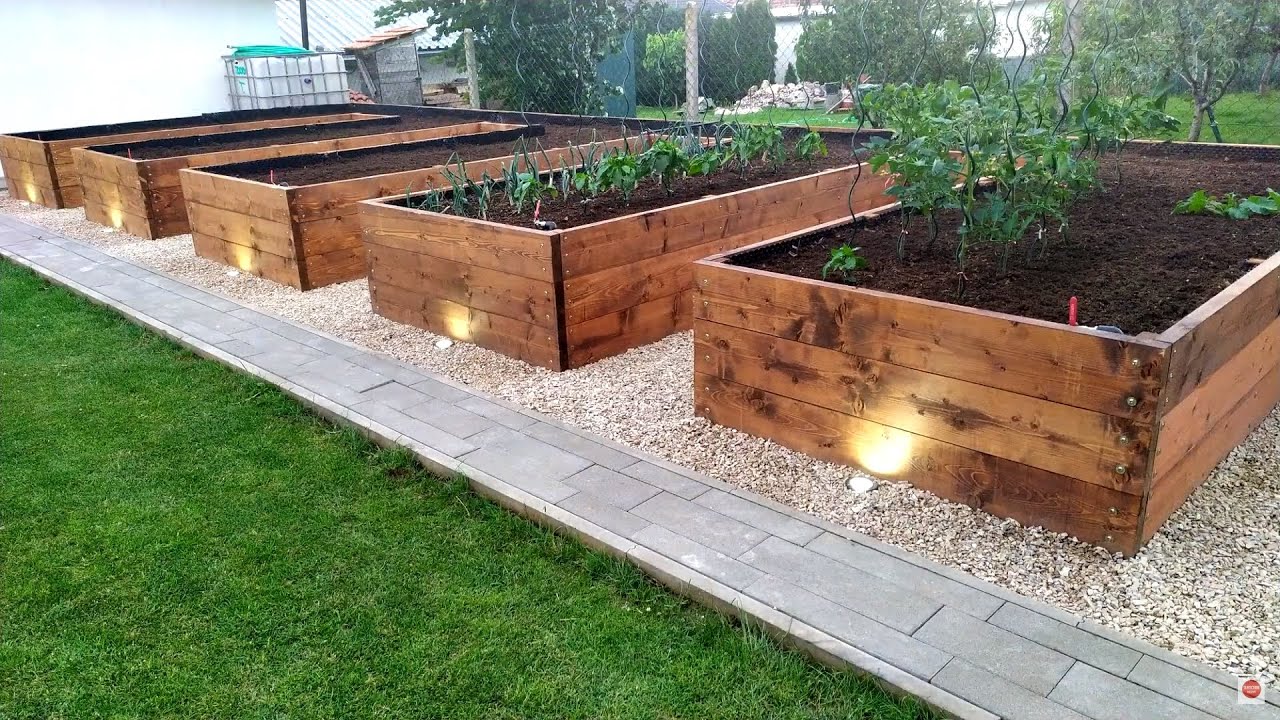
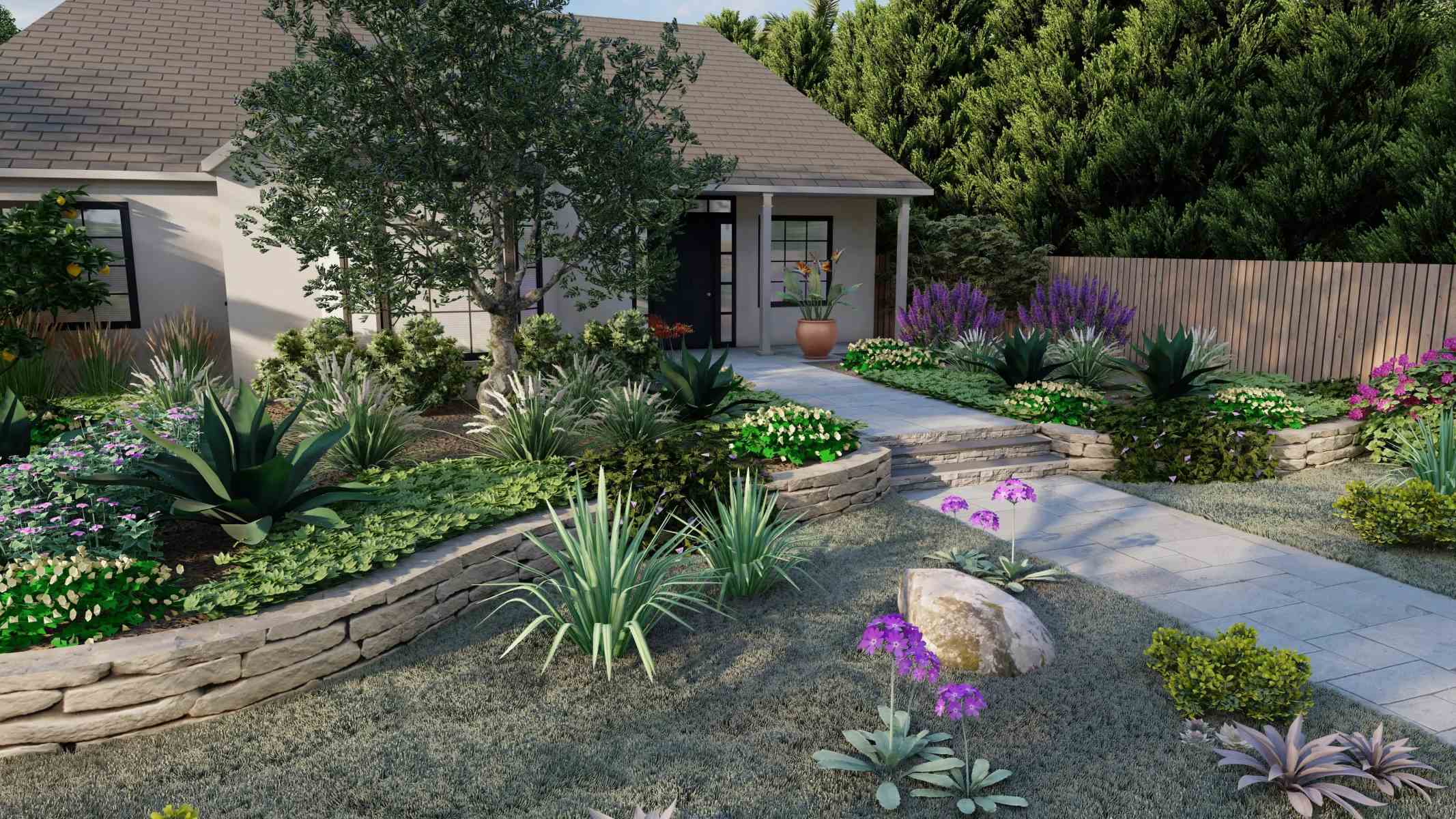
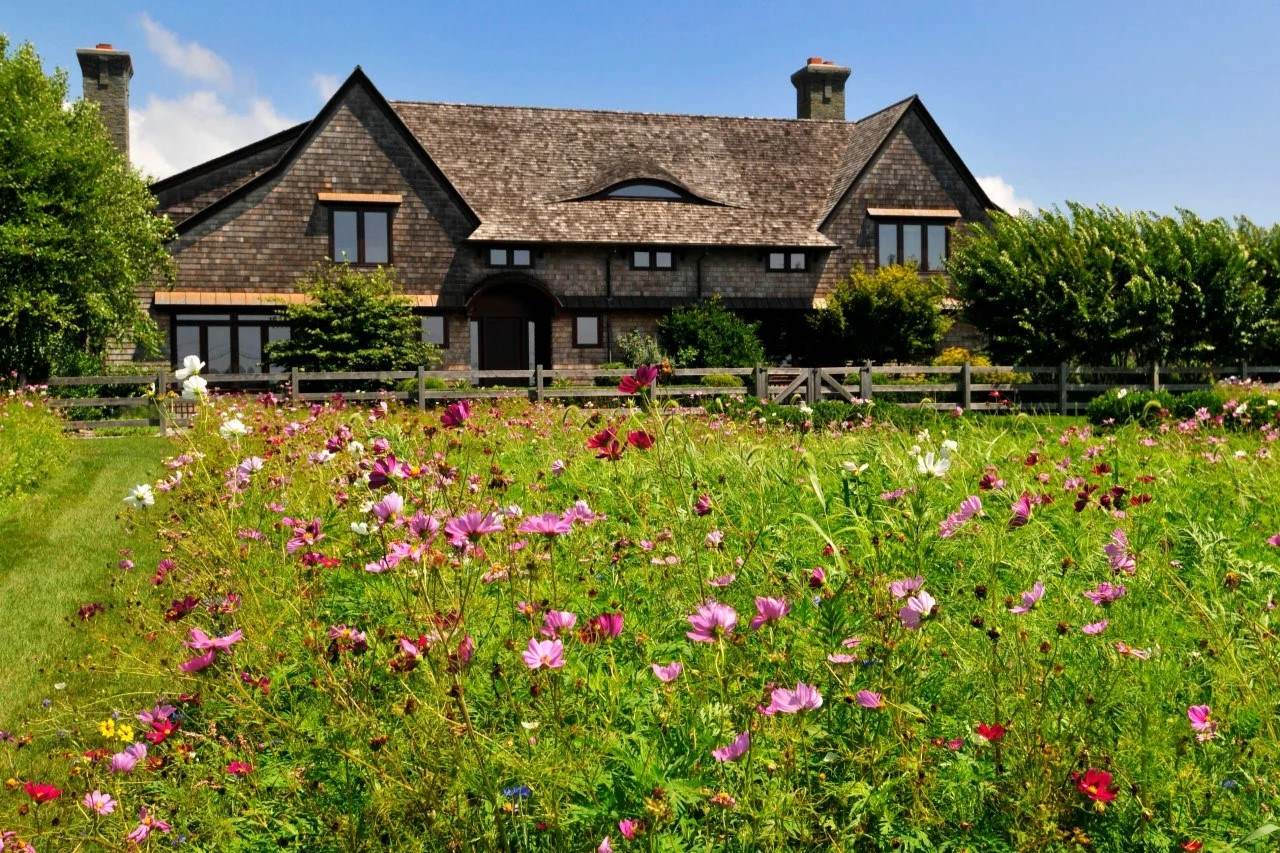
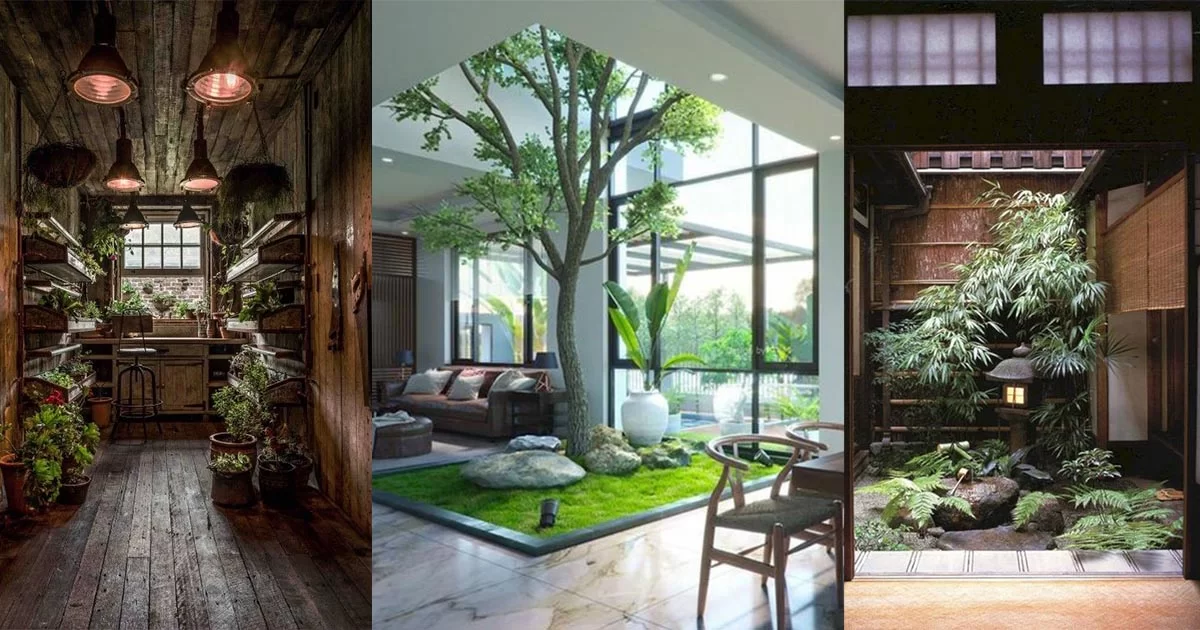
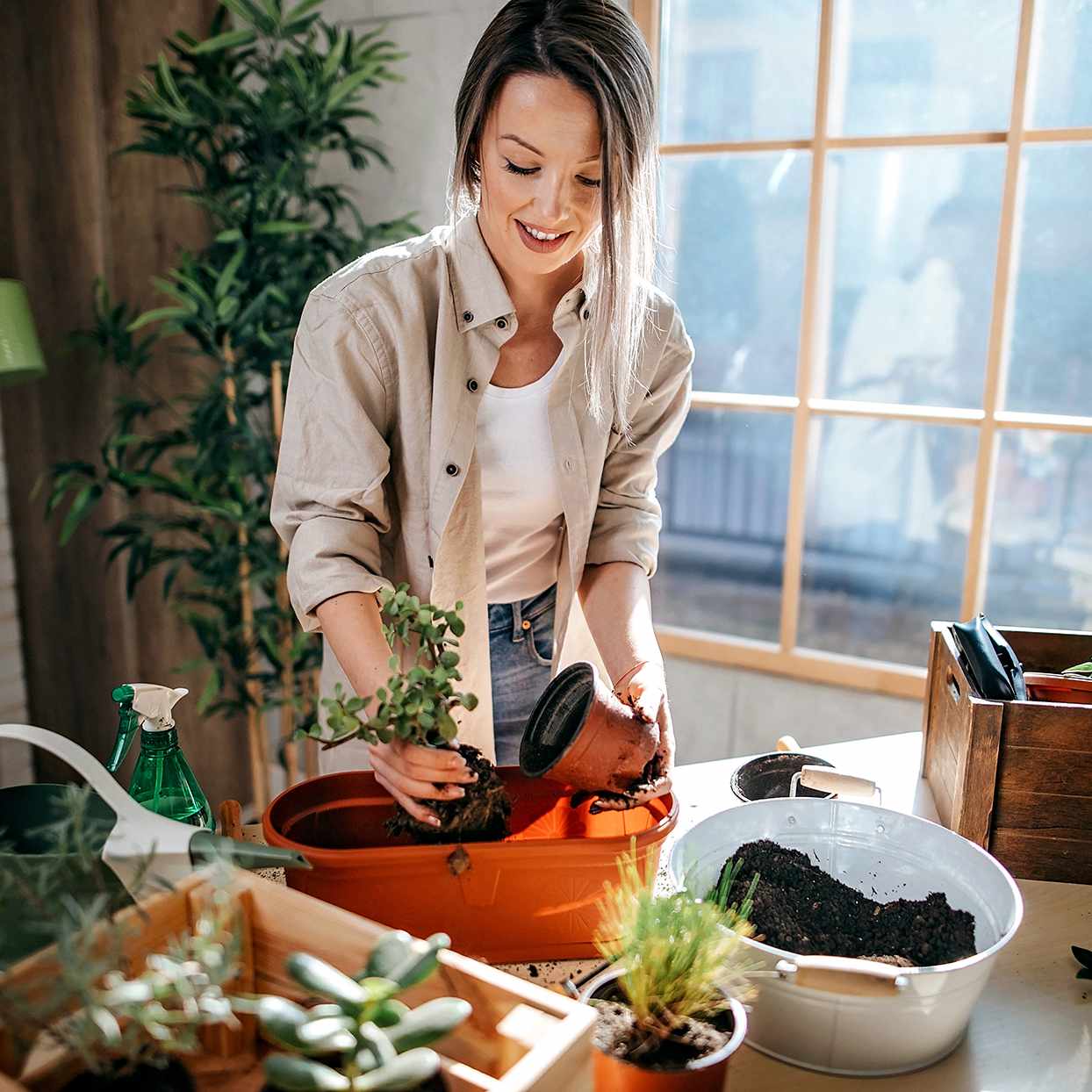
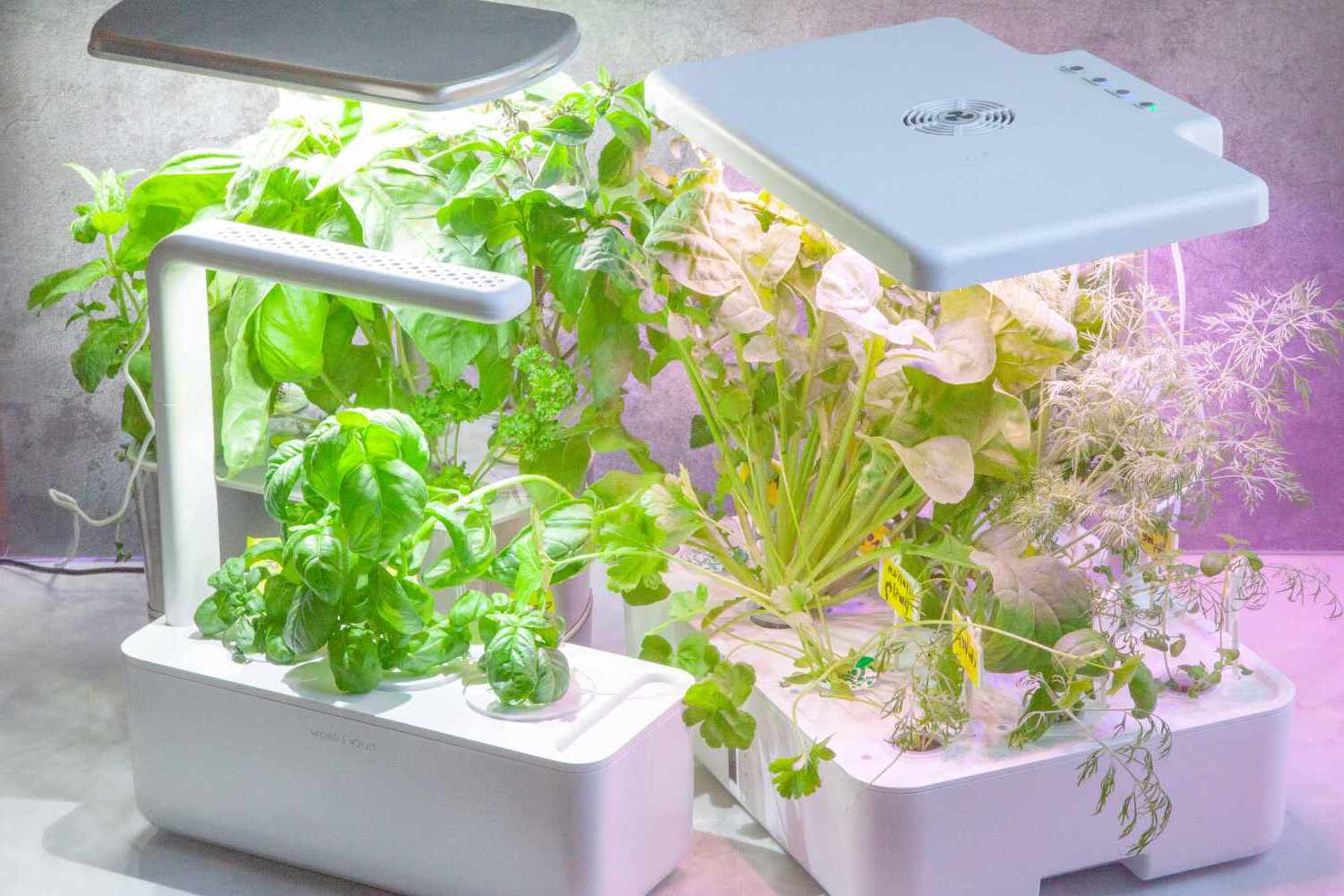

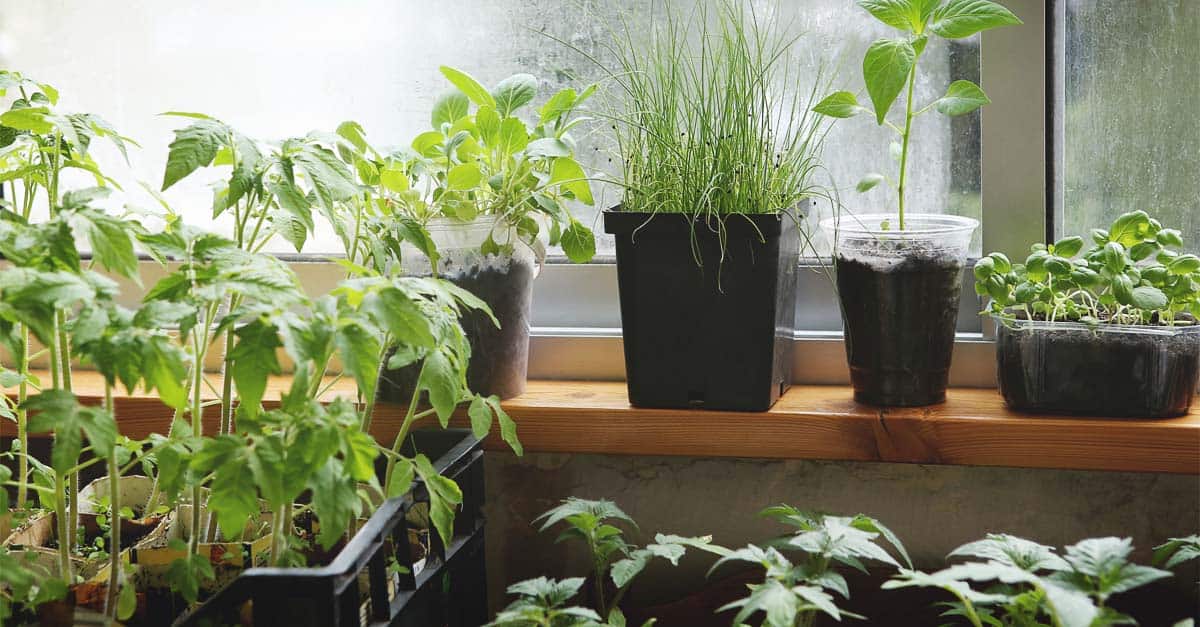
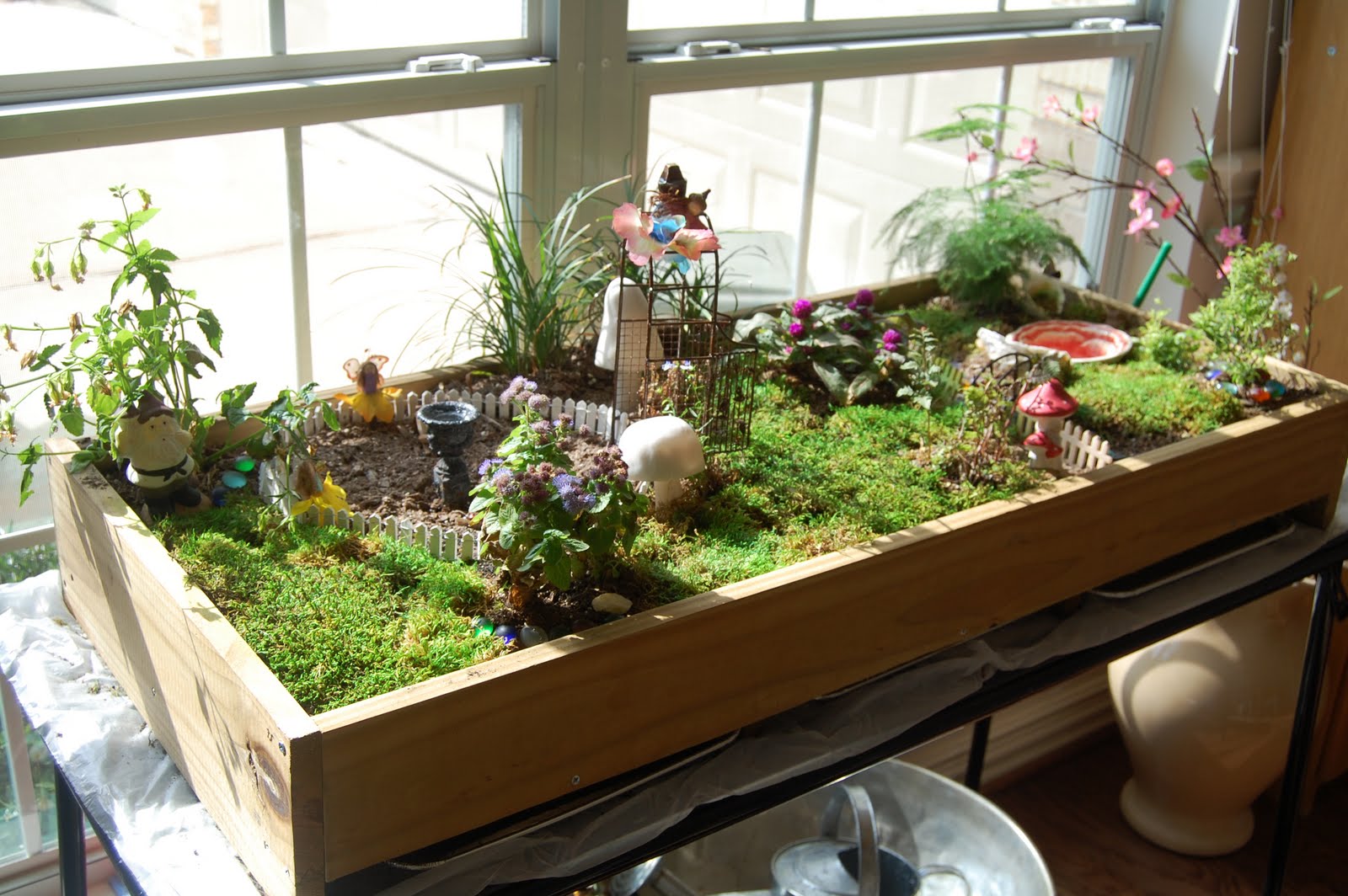
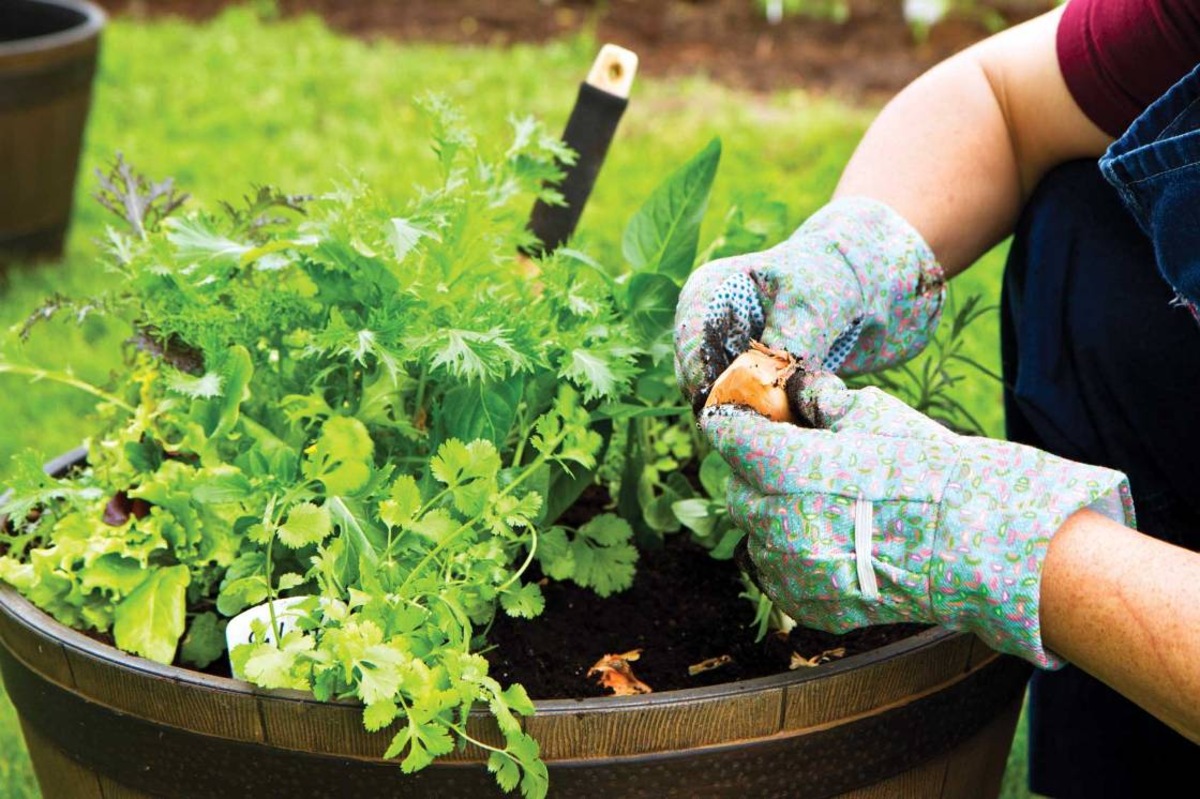
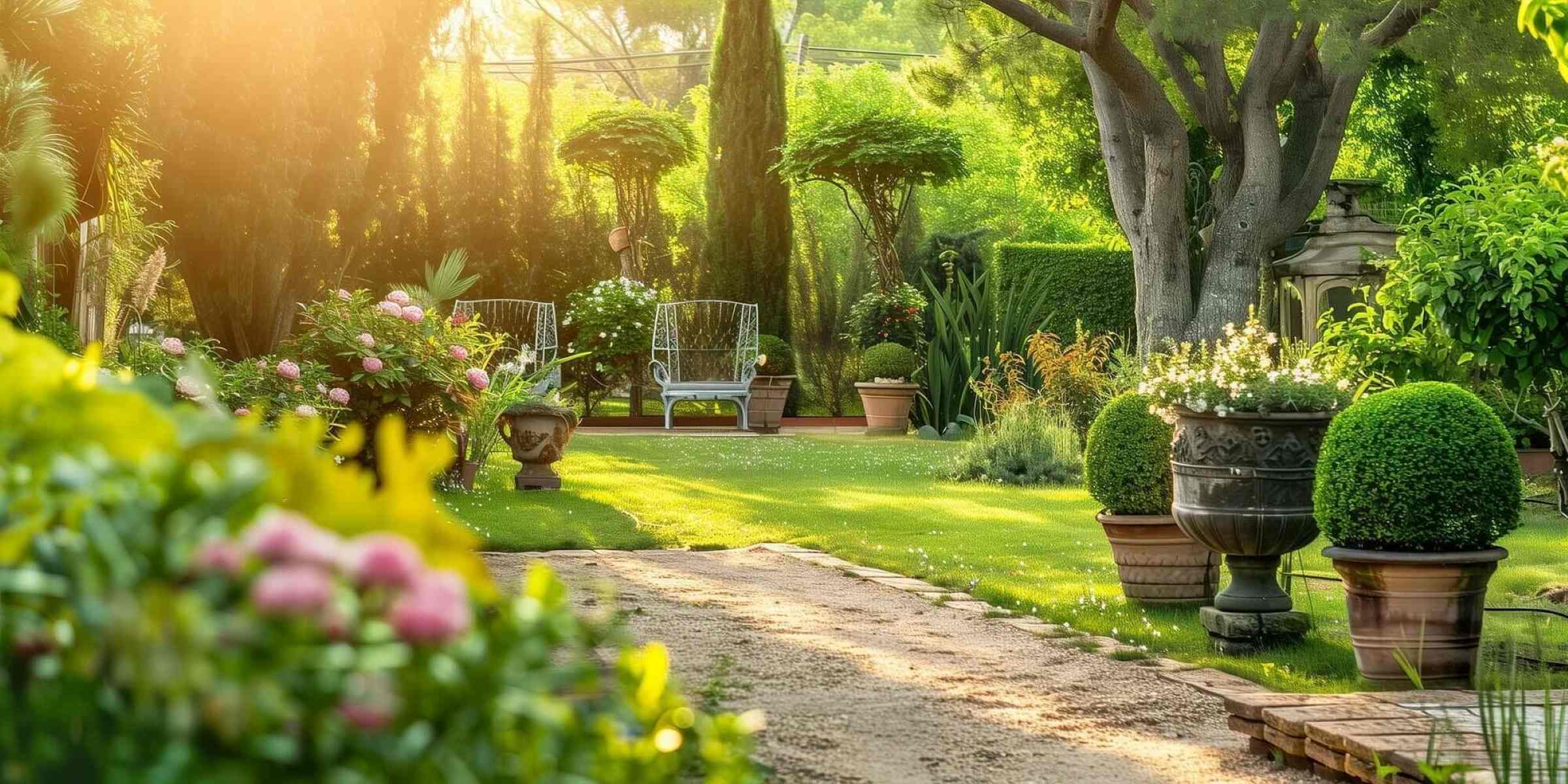

0 thoughts on “How To Create An Indoor Garden”